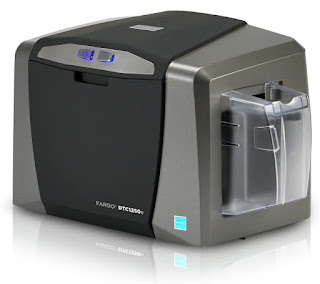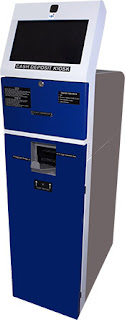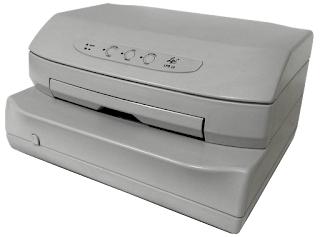How do identity card printers work? FAQs
Identity cards are significant now in almost every industry segment, which hires many different employees to handle every sector of their organization. Identity cards are essential for virtually every industry across many industrial, educational, and tourism buildings for crowd control. Nowadays, you can print authentic ID cards on plastic card-like materials using a modern identity card printing kiosk. Usually, the cards are made from PVC and have influenced many companies worldwide to adopt this new employee verification trick.
How do ID card printers operate?
Most ID card printing kiosks utilize one of two card printing technologies, dye sublimation and reverse transfer printing. Both the technologies require a printhead, a blank card, and a ribbon.
With the dye sublime printing method, the printhead applies the hot ribbon directly to the card to implement colors. People praise this method within organizations because of its fast-printing speeds.
Reverse transfer technology is a little more exciting and complex. The printer applies the design on a transparent transfer film, which then wraps around the card. This process allows proper over-the-edge printing methods as the film itself is only slightly larger than the card and wraps around it completely. Since the printhead does not contact the card, this method suits best for ID cards with uneven surfaces.
What are the different print ribbons?
Monochrome ribbons- Monochrome ribbons come in a wide variety of colors and can print only single-color images and texts on your cards.
YMCK- This ribbon comes in full color plus a black panel. It does not have a clear shielding overlay panel, so it is applicable for reverse transfer or laminating printers.
YMCKO- This is a four-color panel with a transparent overlay as well. These are by far the most popular ribbon type because they are incredibly versatile. The evident ribbons have extra strength to give the protection of your cards from any tampering attempts.
YMCKOK- This ribbon is four-color with black on black and can print on black text and codes on your cards' back.
What are the different card encoding techniques?
Contact smart card- You might see smart contact cards in metro stations that use RFID technology to transfer information between two physical contact points.
Contactless smart card- Intelligent smart cards exist where you can integrate intelligent circuits which communicate data through radiofrequency.
ISO magnetic stripe- A magnetic stripe card stores data by modifying small magnetic particles on the cards' band. The machines which operate such cards can read data when someone swipes the cards on the magnetic heads.
Common problems people encounter while printing
Many printing problems appear because of physical defects on the material because of inadequate manufacturing methods or extreme heat levels inside the card printing kiosk. Other card printing problems also can occur because of antenna embedding or operator defects.


Comments
Post a Comment